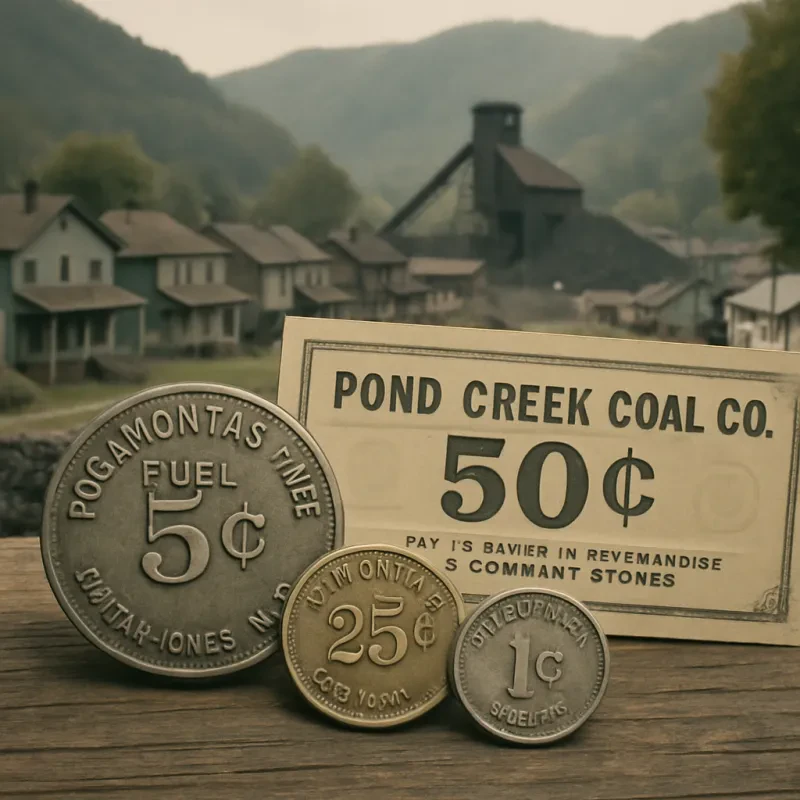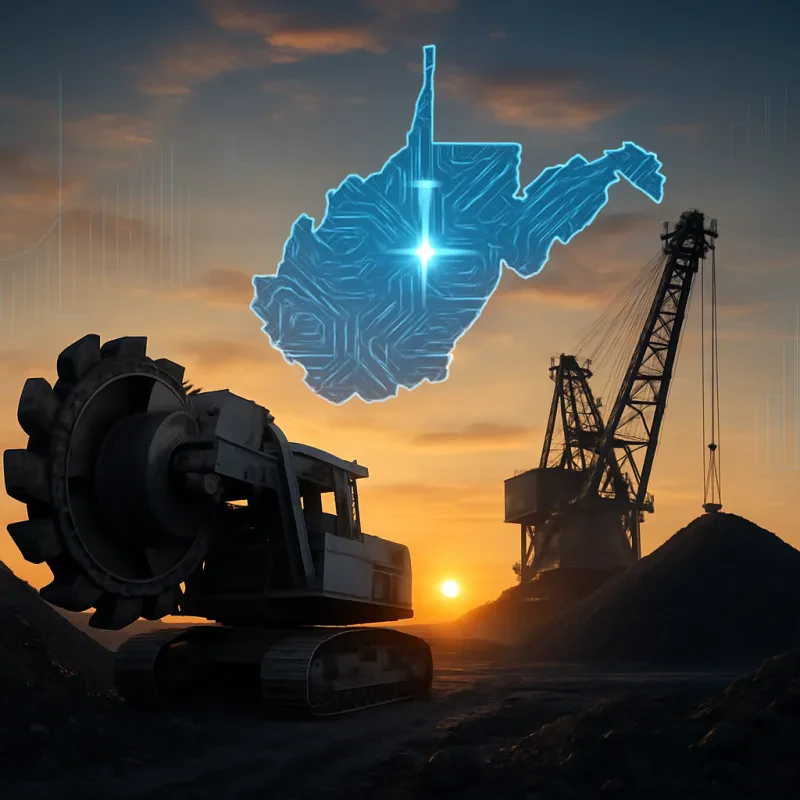When it comes to coal production, certain states in America stand out as the champions of the coal country. These states have a rich history of coal mining and development, contributing significantly to both the local and national economy. Let’s take a closer look at the top coal-producing states that have shaped America's coal landscape.
One of the leading states in coal production is Wyoming. Home to the largest coal mine in the United States, the Powder River Basin, Wyoming consistently tops the charts with its vast coal reserves. The state's favorable geology and well-developed mining infrastructure make it the backbone of America’s coal industry, producing more than any other state.
Next on the list is West Virginia, often referred to as the heart of coal country. This state has a deep-rooted tradition in coal mining, and the industry plays a vital role in the local culture and economy. With its steep mountains and rich deposits of high-quality coal, West Virginia continues to be a vital player in the coal market, attracting workers and companies to its mining operations.
Pennsylvania is not far behind, showcasing a long legacy of coal mining that dates back to the 18th century. Known for its anthracite coal, Pennsylvania's mines have historically been essential for heating and steel production. Today, the state remains one of the top coal producers and an important part of America’s coal country.
Key Facts About Coal Production
Coal production has played a crucial role in America's energy landscape, especially in regions often referred to as "coal country." These areas are known for their abundant coal deposits, which have driven economic growth, job creation, and energy independence in the United States.
The top coal-producing states include Wyoming, West Virginia, Pennsylvania, Illinois, and Kentucky. Wyoming consistently leads the nation in coal production, with its vast Powder River Basin being a significant source. This region not only supplies a majority of the country’s coal but also has some of the lowest mining costs, making it an essential player in the coal country narrative.
In addition to production, coal country states are home to numerous coal mines and related industries. These businesses support thousands of jobs, offering lucrative positions in mining, transportation, and processing. As a result, the coal industry remains a vital part of the local economies in these regions, despite challenges from renewable energy sources and regulations aimed at reducing carbon emissions.
Despite the decline in coal’s market share, technology such as carbon capture and storage is being explored in coal country to help mitigate environmental impacts. This innovation reflects a shift towards more sustainable practices, aiming to balance economic needs with environmental responsibility as coal transitions into a new era.
Coal Industry's Economic Impact
The coal industry plays a significant role in shaping the economy of America's coal country. Many states that rely on coal mining not only benefit from job opportunities but also from the ripple effects of this industrial sector. This can be seen in local businesses, infrastructure development, and community investments that arise around coal-rich regions. The extraction and processing of coal generate a substantial number of jobs, particularly in rural areas where alternative employment opportunities can be limited.
In states recognized as coal country, such as West Virginia and Kentucky, the economic impact extends beyond just mining activities. The industry supports a network of suppliers and service providers that cater to coal operations, from equipment manufacturers to transportation services. This interconnected web creates a stable economic base, helping to sustain communities and support local economies. When coal production thrives, it doesn’t just enrich the mining companies; it enriches the entire region.
The contribution of the coal industry to state revenues cannot be understated. Severance taxes and royalties from coal extraction contribute significantly to state budgets, funding essential public services like education and healthcare. For states heavily invested in coal country, the industry's taxation is crucial for maintaining infrastructure and providing for community needs. As a result, many coal-producing states are able to offer improved services and support to their residents, further strengthening their economies.
Despite recent challenges facing the coal industry, its legacy and current impact remain pivotal in regions classified as coal country. Ongoing adaptations to cleaner energy sources and evolving market demands will continue to influence the economic landscape. However, understanding the historical and current contributions of coal to local economies is essential for recognizing the true essence of America’s coal country.
Future of Coal in America
In regions considered coal country, such as West Virginia and Kentucky, the economic implications of moving away from coal are significant. These areas depend heavily on coal mining for jobs and income. The decline in coal demand means that local economies are struggling to adapt. Policymakers are tasked with finding solutions that can support workers and communities while also promoting a sustainable energy future. Many coal country states are exploring initiatives in job training and development to help workers transition to new roles in the growing clean energy sector.
The environmental considerations concerning coal production and use are driving this transition. With increasing awareness of the impact of fossil fuels on climate change, coal country states are under pressure to curb emissions and invest in greener technologies. Investments in solar, wind, and other renewable energy resources are gaining traction, providing alternative pathways for energy production. This shift not only aims to address environmental concerns but also to secure future energy independence for America.
Despite these challenges, coal still plays a role in America’s energy mix, particularly in states where infrastructure and investment in alternatives are still developing. The future of coal country may not be as dominant as in the past, but it still has the potential to evolve. As innovation drives new technologies, there's hope for a balanced energy approach that can accommodate both traditional coal usage and renewable alternatives, ensuring that coal country can adapt and thrive in a changing energy landscape.







